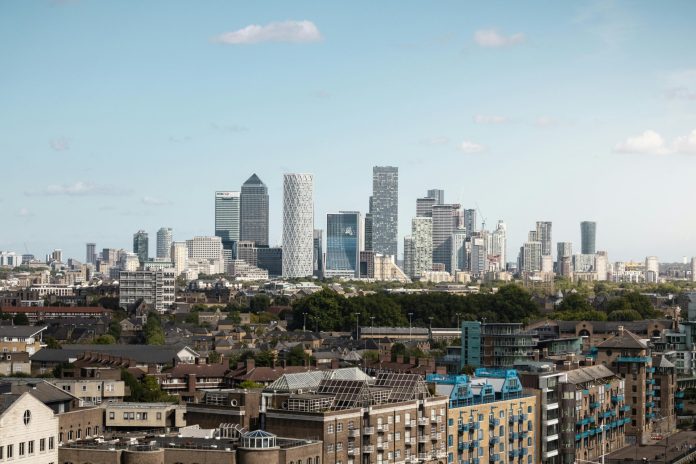High inflation could become entrenched in the UK economy as sluggish productivity growth and sustained wage pressures continue to weigh, according to global financial advisory firm deVere Group.
The company expects the Bank of England to maintain interest rates until at least mid-2026 and warns that the next policy shift might even be an increase rather than a cut.
The caution comes as the UK’s annual inflation rate remained unchanged at 3.8% in September for the third consecutive month, with core inflation holding close to 3.5%.
“The latest inflation data should set alarm bells ringing,” says Nigel Green, CEO of deVere Group.
“These are not figures that give policymakers breathing space. They’re a warning that inflationary pressures are proving far more resistant than hoped.”
He continues: “The underlying drivers are structural. The UK’s productivity growth remains anaemic, while wage increases in many sectors continue to outpace output.
“When wages rise faster than productivity, prices follow. This is how inflation becomes embedded – not as a short-term shock, but as a feature of the system.”
Nigel Green believes financial markets are underestimating how long higher interest rates will persist.
“Investors still appear to be betting on rate cuts in the coming months, which we believe is misplaced.
“The Bank of England cannot credibly loosen policy while inflation sits almost double its 2% target.
“The reality is that rates are likely to remain at current levels until well into 2026. There’s even a non-trivial chance that the next move will be upward rather than down.”
He adds: “If the Bank cuts prematurely, it would invite a new wave of inflation and erode public confidence in its commitment to price stability.
“Inflation expectations would shift higher, and that would be even harder to reverse. Once that happens, it’s not just monetary tightening that’s needed; it’s a credibility rebuild.”
Nigel Green also pointed to weak economic growth as a worrying sign.
“GDP expanded by just 0.1% month-on-month in August. That’s hardly the kind of resilience that should embolden the central bank.
“It shows an economy still struggling for momentum – but an economy where price pressures have not yet subsided. The combination is toxic: slow growth and sticky inflation is the definition of a policy trap.”
He noted that upcoming fiscal measures could influence the Bank’s next steps.
“The Autumn Budget later this month could introduce tax rises or spending restraint, both of which would help cool inflation. But if the Chancellor opts for measures that boost demand, the central bank will have no choice but to stay on hold for longer. Fiscal and monetary policy are now locked in a delicate balancing act.”
According to Green, the UK is approaching a pivotal moment in its fight against inflation.
“If inflation is allowed to harden, it risks becoming a self-perpetuating cycle. Businesses adjust prices upwards, employees negotiate higher pay, and expectations embed. That’s the path that led to inflationary stagnation in the 1970s. It took years to unwind then, and it could again.”
He warned that overconfidence could prove damaging. “Investors, consumers, and policymakers cannot simply assume inflation will drift back to target.
“This assumption has already proved wrong for months. The danger now is that the Bank of England hesitates too soon, misreads the persistence of inflation, and loses control of the narrative.”
Nigel Green concludes: “We believe that the UK is entering a period where monetary policy will remain restrictive for far longer than most anticipate.
“The Bank of England could be expected to hold rates steady well into 2026 – and there’s a real possibility that its next move will not be a cut, but a hike.”



 Bitcoin
Bitcoin  Ethereum
Ethereum  Tether
Tether  XRP
XRP  USDC
USDC  Solana
Solana  Lido Staked Ether
Lido Staked Ether  TRON
TRON  Cardano
Cardano  Avalanche
Avalanche  Toncoin
Toncoin